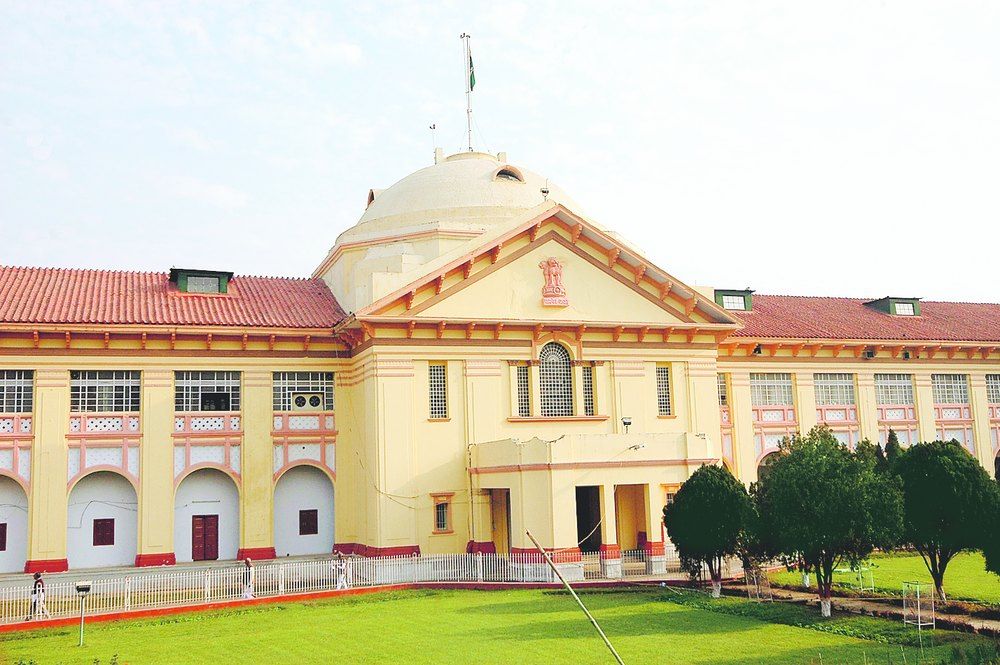LI Network
Published on: November 24, 2023 at 22:55 IST
The Patna High Court has declared that the coerced application of sindoor (vermilion) on a woman’s forehead does not constitute a valid marriage under Hindu law.
The court underscored that a Hindu marriage must be consensual and involve the customary ‘saptapadi,’ where the bride and groom complete seven rounds around a sacred fire for the union to be deemed binding.
The division bench, comprising Justices P. B. Bajanthri and Arun Kumar Jha, noted, ‘From bare perusal of the aforesaid provision, it is obvious that when such rites and ceremonies, including Saptapadi, the marriage becomes complete and binding when the seventh step is taken. Conversely, if ‘saptapadi’ has not been completed, the marriage would not be considered to be complete and binding.’
The case involved Ravi Kant, an Army signalman, and his uncle, who were abducted on June 30, 2013, during prayers at a temple in Lakhisarai.
On that day, Ravi Kant was forced to apply vermilion on the respondent bride’s forehead and compelled to undergo a ‘marriage’ at gunpoint.
Despite attempts by Ravi’s uncle to file a complaint with the district police, they allegedly refused to address the matter.
Consequently, Ravi filed a criminal complaint in the chief judicial magistrate’s court in Lakhisarai, seeking an annulment of the forced marriage through the family court. Unfortunately, his plea was dismissed on January 27, 2020.
The High Court expressed surprise at the Pandit’s lack of knowledge who conducted the marriage ceremony, emphasizing that he was unclear about essential details such as the location.
The court dismissed the significance of photographs of the purported marriage, stating that they were improperly exhibited and therefore inadmissible. Additionally, the court asserted that the photographs alone did not provide any meaningful insight.
Disagreeing with the Family Court’s rationale for discrediting the petitioner’s case, the High Court set aside the judgment, concluding that the marriage between the appellant-petitioner and respondent stands annulled.

